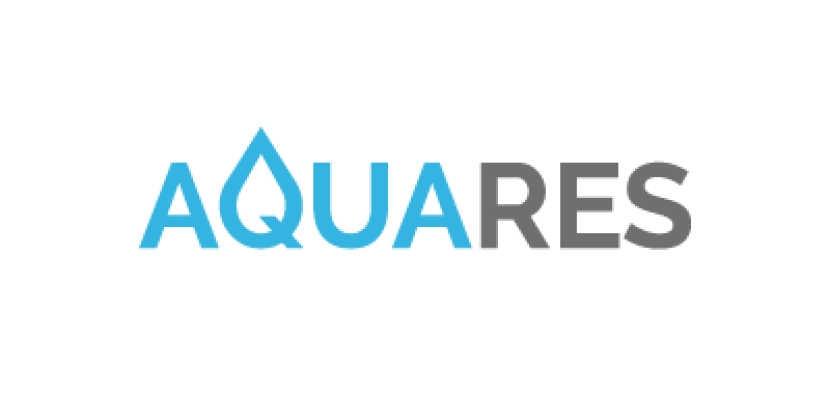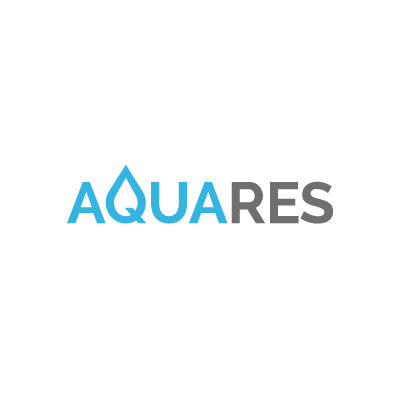
AQUARes urban distributed controlled micro-retention system

About this good practice
Traditional retention basins are difficult to use. In addition, traditional retention tanks require rainwater to be channelled to them via a sewer system. Torrential rains, combined with a sealed land surface that prevents slow soaking, cause rainwater to run off quickly, which the rainwater sewer system often cannot cope with. The water and sewerage networks in most cities are decades old and were designed for completely different rainfall characteristics (intensity and frequency).
The installation consists of a vertical tank, a lower tank, a PV panel system, a submersible pump and an energy generation system. It operates as a peak-pump system controlled by meteo forecasts. A vertical reservoir supported on a self-supporting structure against the gable wall of the building takes in rainwater from the roof slopes. When rainfall ceases, it is topped up with water from the lower reservoir, pumped by pumps powered by PV panels. The lower tank receives rainwater from the immediate surroundings of the building and is covered by a layer of vegetation, which also acts as a filter to purify the water. The water is pumped to the vertical tank or diverted to water the vegetation.
The solution fits perfectly with the idea of the sponge city and the smart city. The system is dedicated to different groups of potential users, but due to the responsibility of local authorities to adapt to climate change, they are the main target group.
Expert opinion
Resources needed
Total project value: 1 069 050.00 PLN (239 161.07 EUR)
Amount of EU funding for the entire project: 794 660.85 PLN (177 776.41 EUR)
The team currently includes people with skills in environmental engineering, biology and computer science.
Evidence of success
The result of the project is the launch of a proprietary system for intelligent controllable micro-retention - a solution to adapt cities to climate change.
Potential for learning or transfer
The AQUARes system makes it possible to mitigate the negative effects of flash floods in difficult urban environments. By collecting water in vertical reservoirs, the system requires no additional land. It is autonomous thanks to the complementary use of information systems, IT technology, drainage systems, lighting systems, RES, meteo data collection and analysis systems. It is a kind of rapid response system - it works on the basis of conclusions from analyses of the data collected so far, as well as meteo information. An unquestionable advantage of the system is the reuse of stored water. The reservoir is emptied in a controlled manner to make room for the expected rainwater and to irrigate green areas, thus giving the soil a greater absorption capacity.
Further information
Good practice owner
You can contact the good practice owner below for more detailed information.

